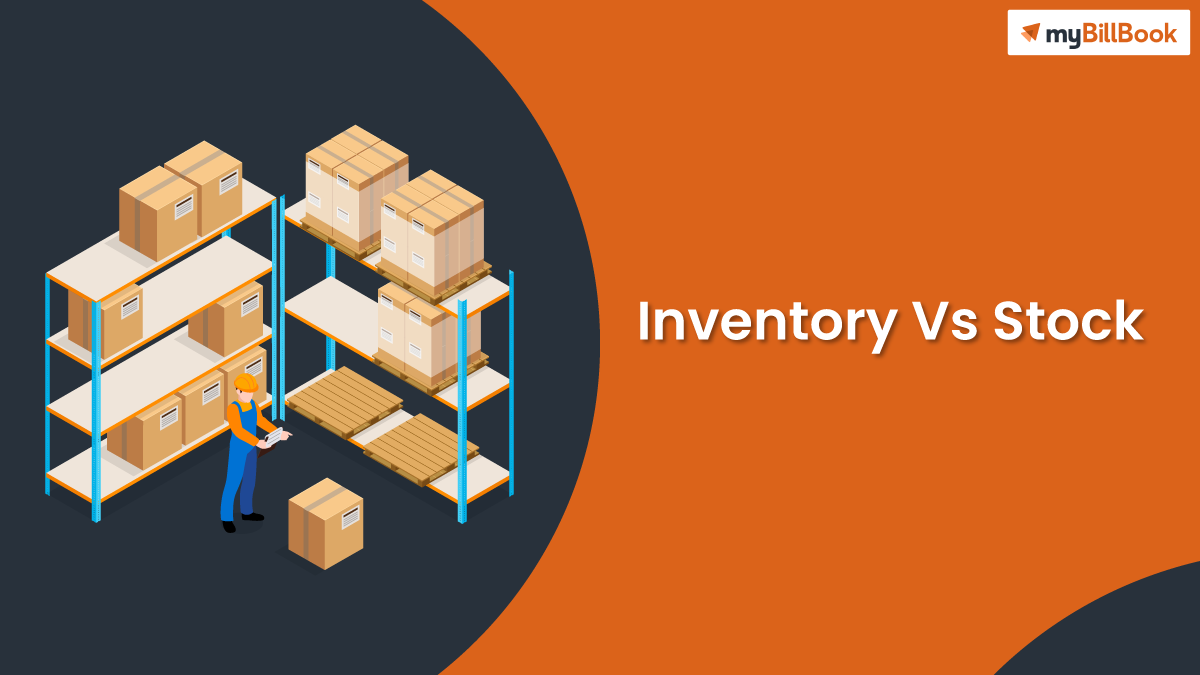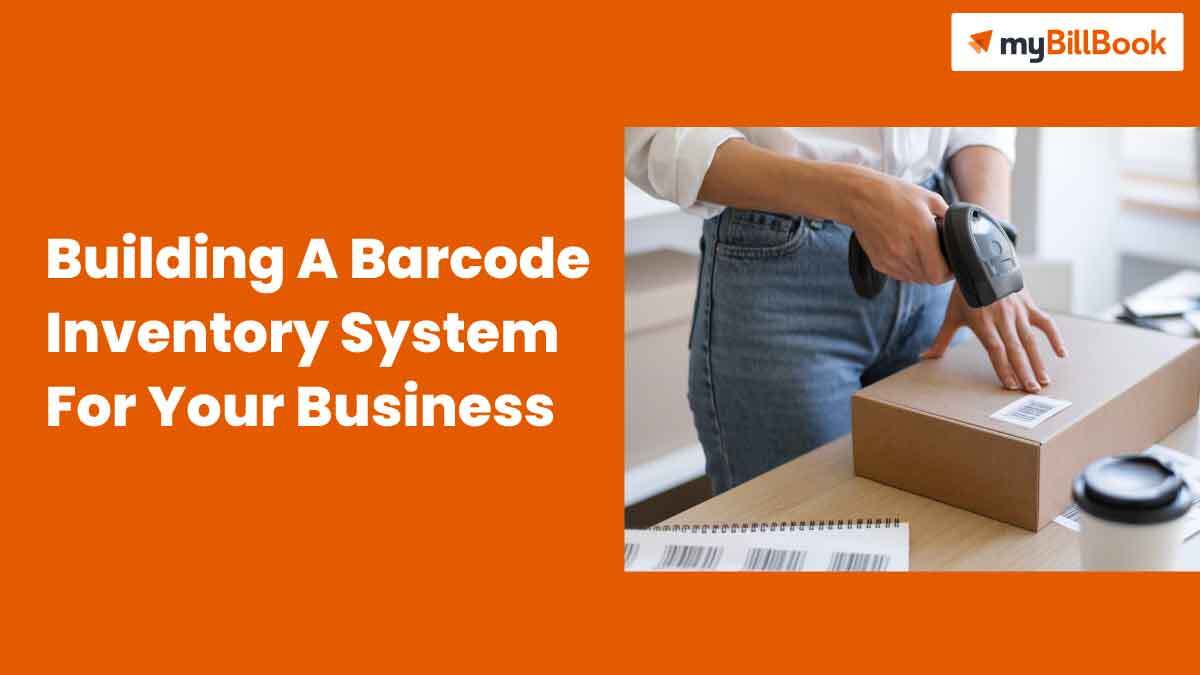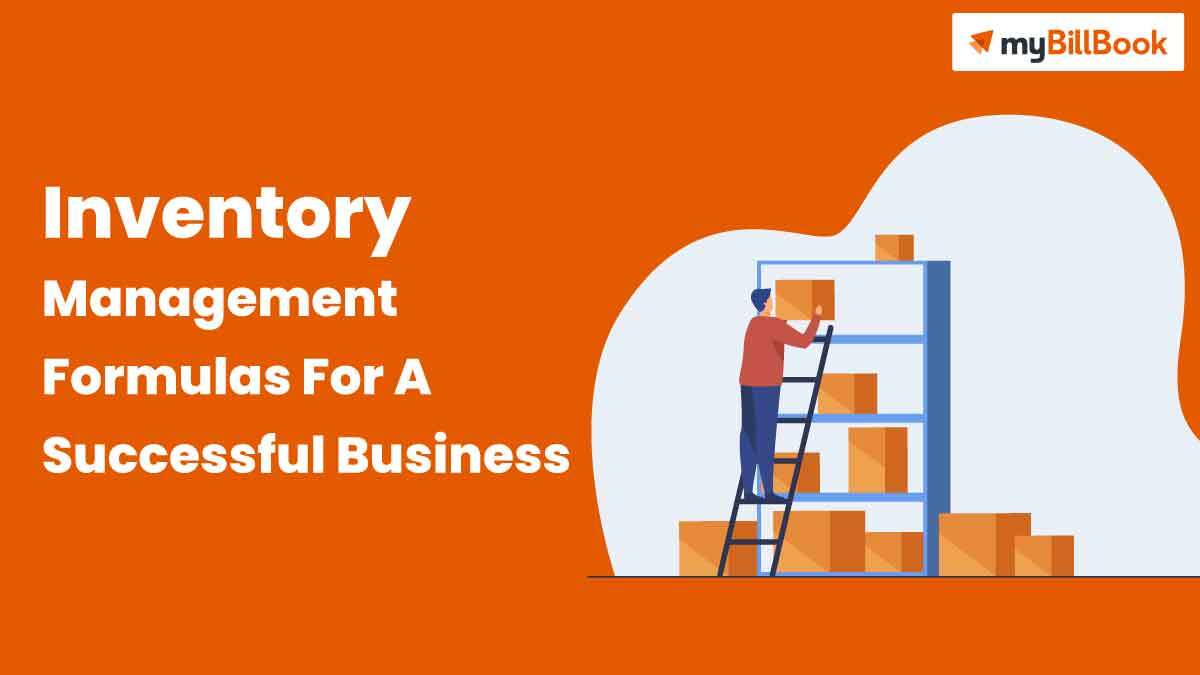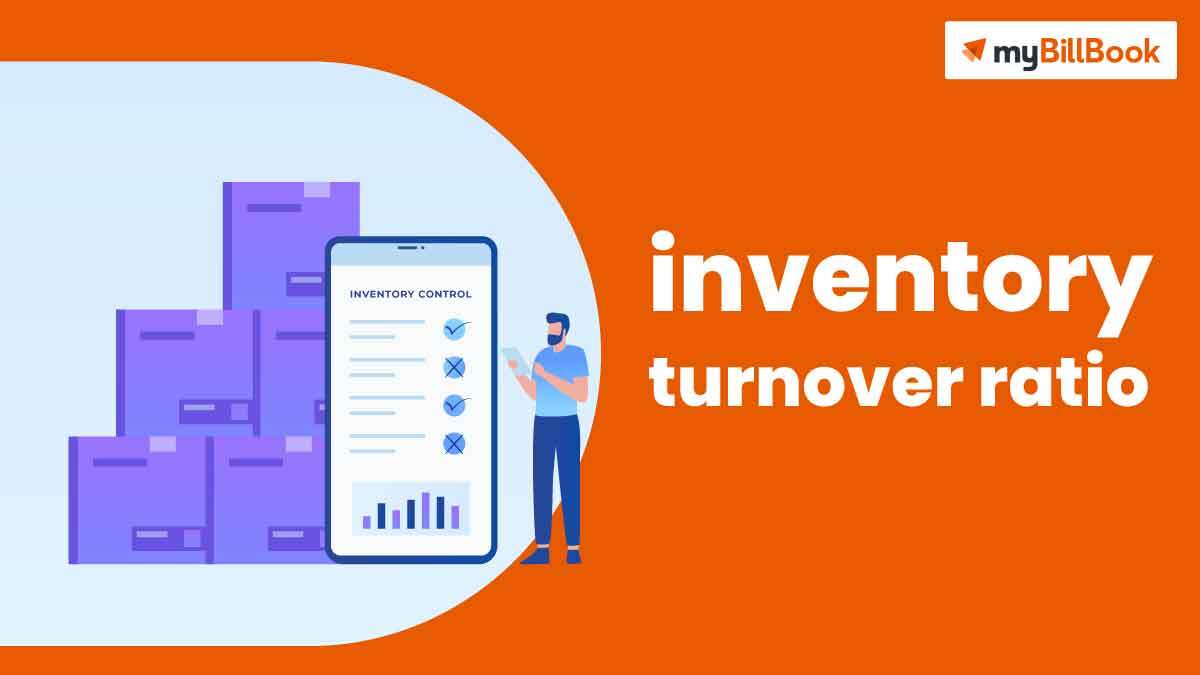Very often in businesses, words like stock and inventory are used interchangeably. They are both used in the context of the products that the business holds at one particular time, that can be sold to the customers. However, these two words can mean very different things from the perspective of accounting and bookkeeping. Let us understand how!
What is Stock?
Stock generally refers to the amount or quantity of finished product available with the business at a given moment, that they are ready to sell to their customers. For instance, if a company deals in organic tea, the number of finished tea packets that are ready to be sold on a particular day would be considered as the stock that the company has.
What is Inventory?
Inventory includes the finished goods with a company ready to be sold. However, it is not limited to that. Inventory refers to finished goods, raw materials, as well as work-in-progress items. Stock or finished goods are only a part of the inventory, which is a bigger umbrella term that includes all items that will be converted to finished goods as well. Items that support the manufacturing of finished goods but are not a part of the final product are also included in inventory.
For instance, for the same organic tea company, the unprocessed tea leaves will be a part of the inventory in addition to the packets that are ready to be sold.
Examples of stock and inventory
Let’s take a look at the following examples to better understand the difference between stock and inventory.
For a tyre company, tyres ready for sale will be stock (finished goods to be sold) but the raw materials like rubber, chemicals, and the wire will be inventory in addition to the tyres (both work-in-progress and finished goods) which will also be a part of the inventory.
Let us take another example. For a cookie manufacturing company, the raw materials (flour, chocolate, oil, essence, etc.), the work-in-progress (cookies that are in the oven, cookies that are waiting to be cooled off, cookie batter getting prepared, etc.), the items used in the preparation (butter paper) and the finished goods(cookie packets) will all be a part of the inventory while the finished cookie packers ready to be sold will be the stock.
Difference between stock and inventory for accounting
In layman’s terms, inventory and stock are often used interchangeably. However, that is technically incorrect. For anyone studying the company, the difference between stock and inventory can make a lot of difference. Stock is generally a subset of inventory and all stock is inventory but all inventory may not be stock. Any confusion in the usage of these two terms can cause many negative effects on the financial health of the company, as reflected through its financial reports.
Here is how the difference between stock and inventory can impact the books of accounts and reflect incorrect information:
- Inventory is calculated for accounting purposes while stock is calculated in the context of business purposes to restock and ascertain how much production is needed.
- Inventory is measured using Last-in-last-out (LIFO), First-in-first-out (FIFO) and the average cost method. Stock, however, is measured at its market value or acquisition cost, whichever is less.
- Stock is measured on a more frequent basis as per the needs of the business. Inventory, on the other hand, is measured less frequently, like quarterly or yearly, mostly for accounting purposes. Stock can even be measured daily to keep up with the market demand.
- Stock is directly related to revenue. The more stock a company sells, the more revenue it earns. Inventory is not directly related to revenue but it is used to determine the cost price and selling price of the items.
How does myBillBook help in inventory management?
myBillBook is multipurpose online software that can take care of your accounting, billing, invoicing, inventory management, and tax filing needs. It helps you manage your inventory in two ways:
Barcode scanner: You can use a barcode scanner to generate invoices and also instantly update your inventory. Using a scanner updates the inventory instantly and also reduces the transaction time, making the process more efficient.
Organise complete inventory: You can manage your entire inventory on myBillBook by uploading the entire list after choosing from a list of more than one lakh items. You can link all your accounting applications to myBillBook and manage your inventory in one place.
In addition to this, you also get alerts from myBillBook when it is time to restock your inventory. You can edit and update stock details on the go as well.
Why should you use myBillBook for inventory management?
You should use myBillBook because:
It is free of cost: myBillBook software is free to use. Most of the products like billing software, accounting software, invoice generator, etc are free to use. Some premium products are chargeable at standard prices. With myBillBook you can maintain your inventory online for free.
It generates reports: You can instantly get plenty of business reports to analyse your stock and inventory. Manage your inventory on the go with the help of stock summary, sales summary, stock detail report, and many other inventory reports from myBillBook.
It offers a wide range of other services: myBillBook has a plethora of products that make your accounting and billing functions easy and faster. You can also use the invoice generated using the myBillBook invoicing software to file taxes as it is compliant with the GST norms.
You can constantly monitor your inventory: You do not need to wait for the quarter-end results to understand your inventory situation. Regular reports and instant updating can help you keep a constant check and place new orders in time.
It optimizes your time and efforts: Using myBillBook software and barcode scanners to complete transactions and generate customised invoices, you can reduce the time taken to complete a transaction and improve the overall time efficiency of your business.
It is a smart option: Overall, myBillBook inventory management is a smart and advanced way to manage your inventory and keep up with the current technology being used by multiple small and medium businesses today.







